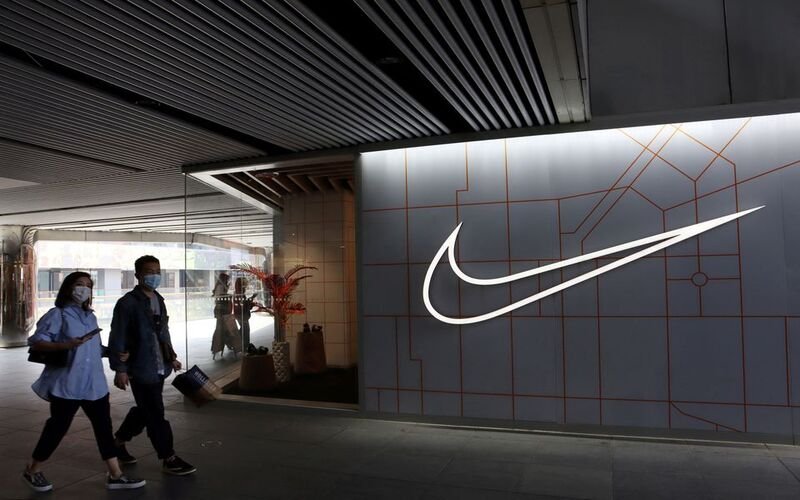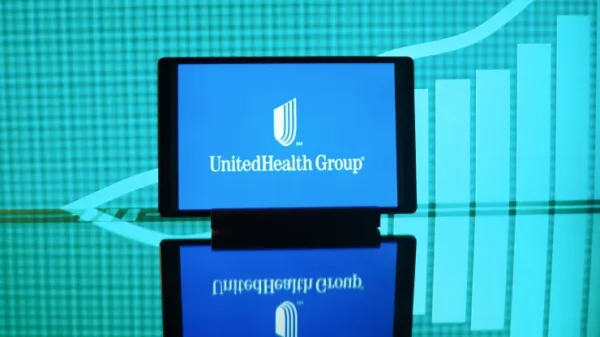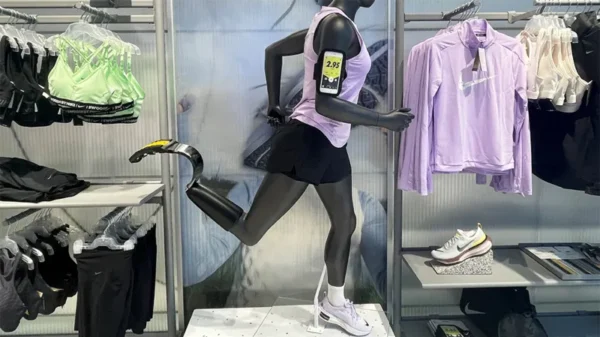As increased pricing for its shoes and clothing helped to overcome a hit from declining demand and ongoing cost constraints, Nike (NKE.N) was above Wall Street expectations for first-quarter earnings on Thursday. This caused its shares to increase by roughly 9% in extended trade.
Due to fewer scheduled markdowns and cheaper freight costs, the business also predicted a 100-basis point rise in second-quarter gross margins after at least five consecutive quarters of deterioration.
Nike’s inventory decreased 10%, proving the firm effectively cut back on surplus goods supplies in time for the holiday shopping season and easing investor concerns that it might be forced to give investors substantial discounts.
According to CFO Matthew Friend, “We will build on the consumer momentum around running and modern comfort,” adding that the business would rely on its sneaker lines like the Air Max 1, Infinity, and V2K to capitalize on the rising demand for running shoes.
According to Friend, the corporation will also focus on its new Kobe brand while updating the aesthetic of its basketball shoe portfolio across the Nike and Jordan brands.
The largest sportswear manufacturer in the world said it anticipates second-quarter sales to be slightly higher while maintaining its yearly estimates. According to LSEG statistics, analysts had predicted a 2.1% increase to $13.59 billion.
In contrast to several others (during the Christmas season), Nike has demonstrated pricing power and will be able to avoid particularly steep discounts this year. It’s in a better position,” said David Swartz, a senior equities analyst at Morningstar.
Analysts’ expectations of $12.98 billion were not met by the corporation, which reported total sales of $12.94 billion for the quarter.
In contrast to expectations of 75 cents per share, Nike declared a profit of $1.45 billion, or 94 cents per share.








































Comment Template